How does one get all characters of the font with CTFontCopyCharacterSet() in Swift? ... for macOS?
The issue occured when implementing the approach from an OSX: CGGlyph to UniChar answer in Swift.
func createUnicodeFontMap() {
// Get all characters of the font with CTFontCopyCharacterSet().
let cfCharacterSet: CFCharacterSet = CTFontCopyCharacterSet(ctFont)
//
let cfCharacterSetStr = "\(cfCharacterSet)"
print("CFCharacterSet: \(cfCharacterSet)")
// Map all Unicode characters to corresponding glyphs
var unichars = [UniChar](…NYI…) // NYI: lacking unichars for CFCharacterSet
var glyphs = [CGGlyph](repeating: 0, count: unichars.count)
guard CTFontGetGlyphsForCharacters(
ctFont, // font: CTFont
&unichars, // characters: UnsafePointer<UniChar>
&glyphs, // UnsafeMutablePointer<CGGlyph>
unichars.count // count: CFIndex
)
else {
return
}
// For each Unicode character and its glyph,
// store the mapping glyph -> Unicode in a dictionary.
// ... NYI
}
What to do with CFCharacterSet to retrieve the actual characters has been elusive. Autocompletion of the cfCharacterSet instance offers show no relavant methods.
And the Core Foundation > CFCharacterSet appears have methods for creating another CFCharacterSet, but not something the provides an array|list|string of unichars to be able to create a mapped dictionary.
Note: I'm looking for a solution which is not specific to iOS as in Get all available characters from a font which uses UIFont.
